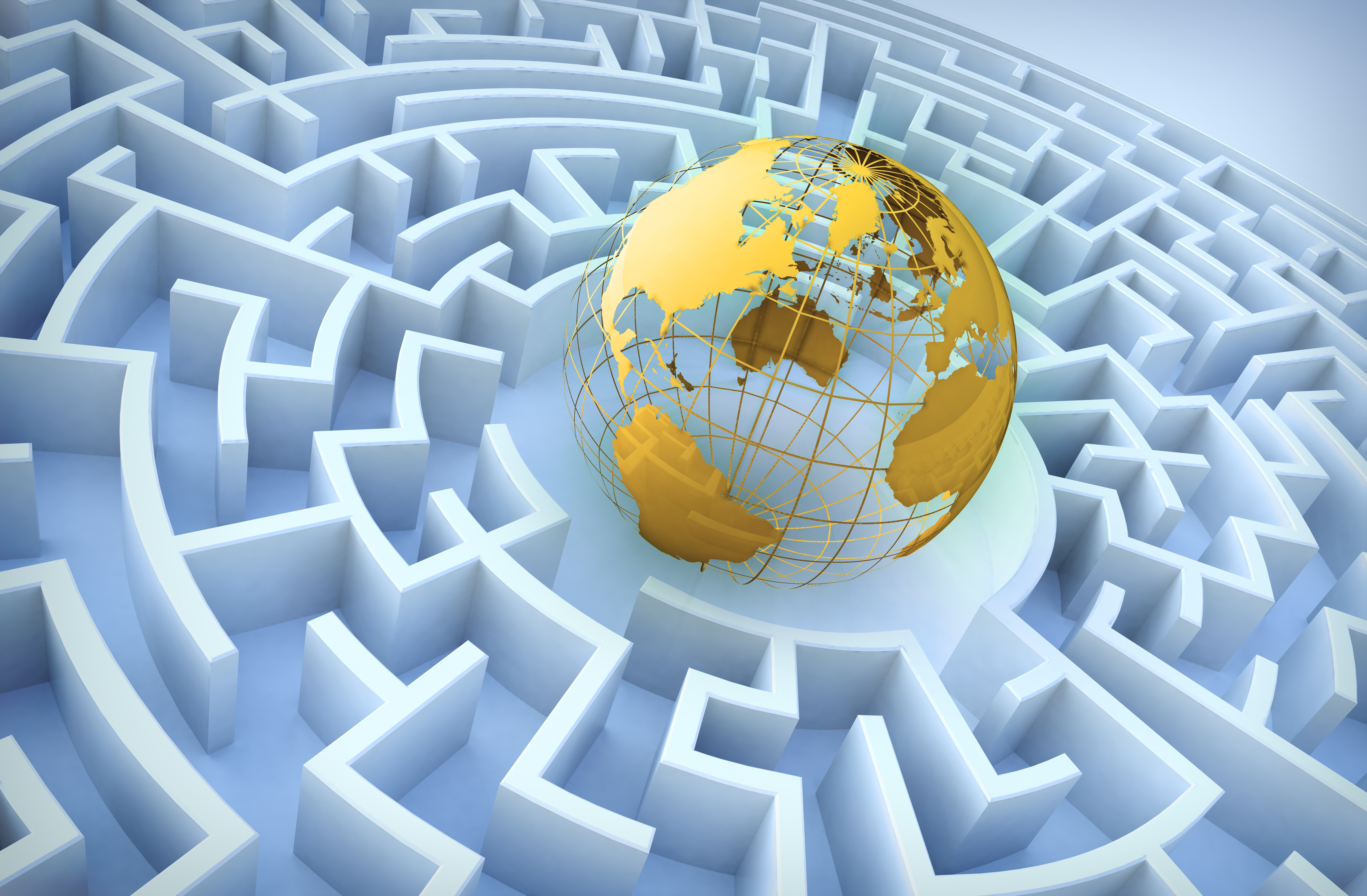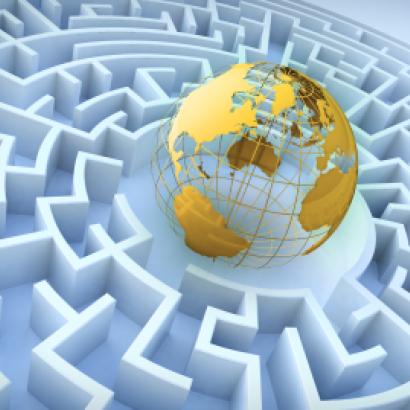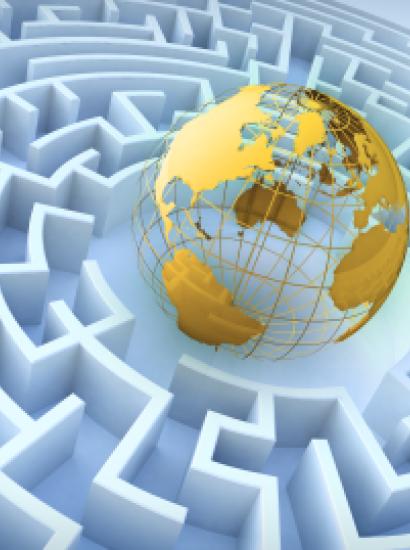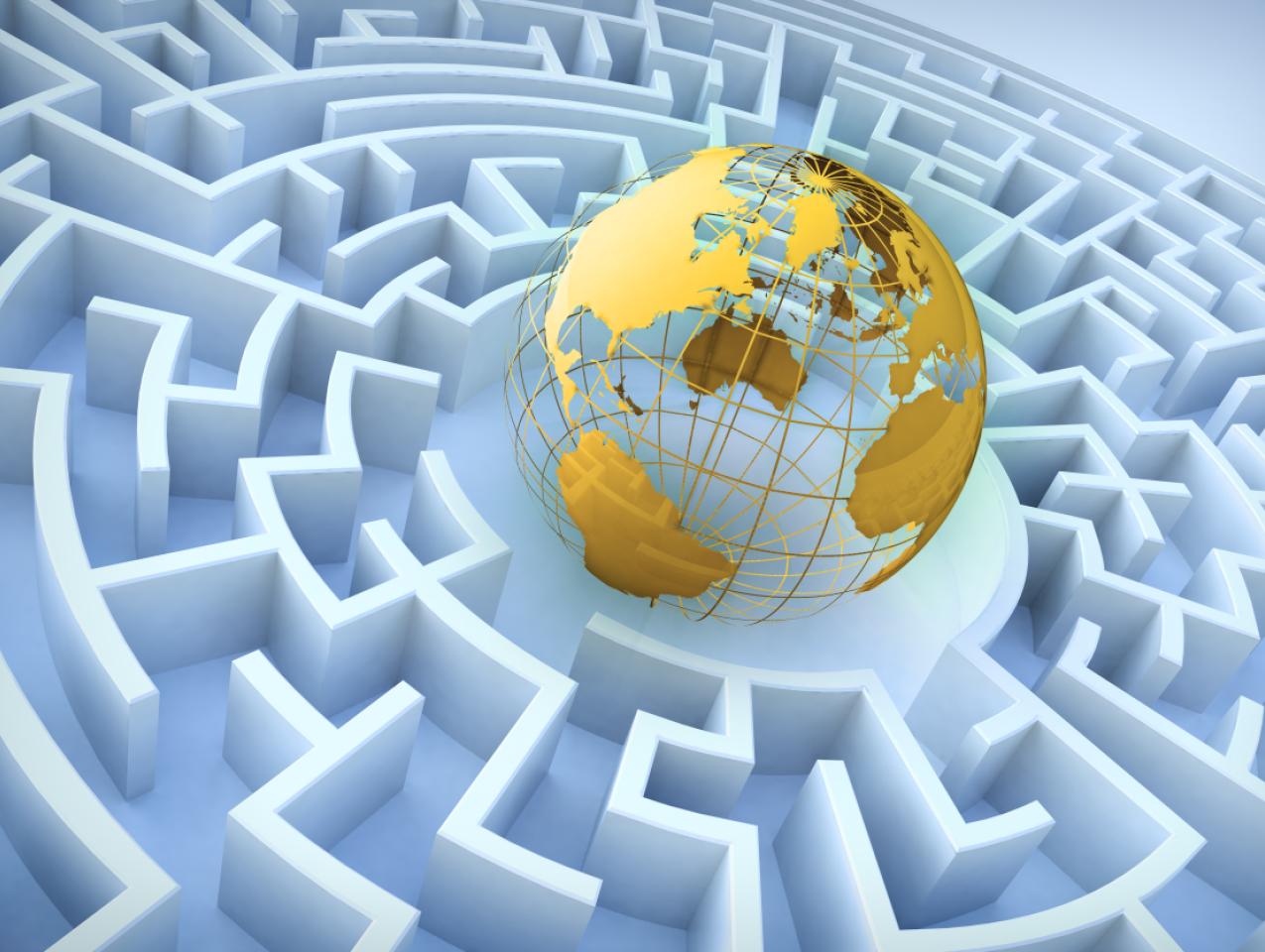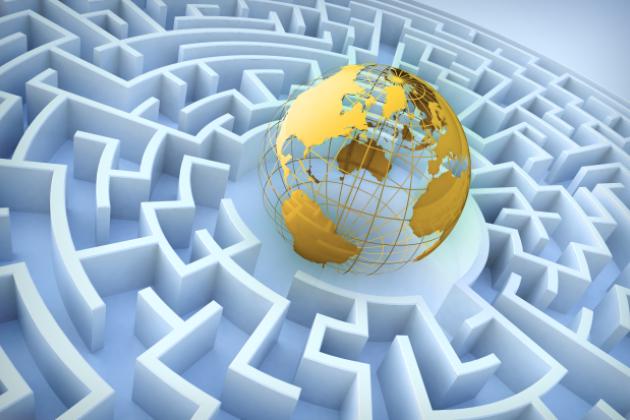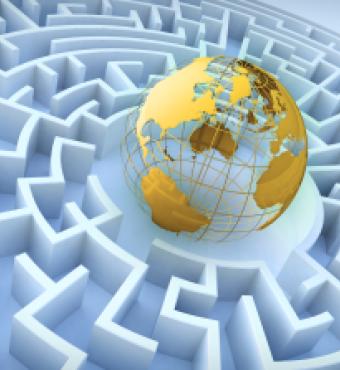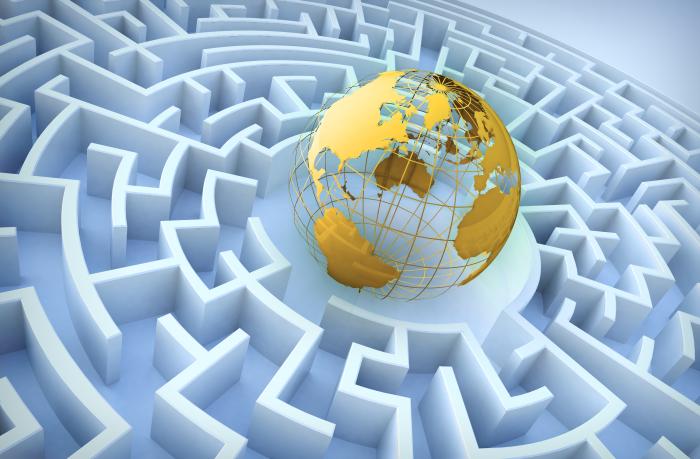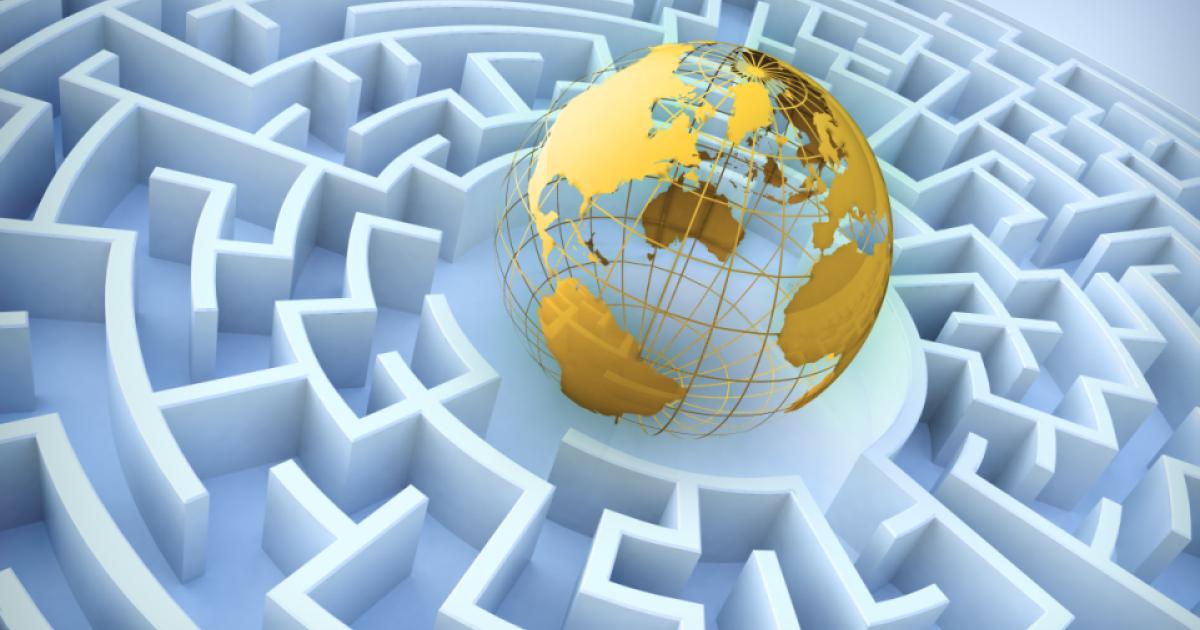- International Affairs
- US Foreign Policy
- Law & Policy
- Civil Rights & Race
In Veronica Roth ’s “Divergent”—a 2011 “young adult” novel set in a dystopian future not a thousand miles removed from “The Hunger Games”—humanity is divided into five factions according to their dominant character traits: Abnegation, Amity, Candor, Dauntless and Erudite. This being a post-apocalyptic Chicago, the last faction turns out to be the bad guys. People who fail the initiation tests are consigned to poverty as “factionless.” People with multiple traits are classified as “divergent” and persecuted.
If you were to sort the world’s countries into five factions, you would need a slightly modified classification scheme. The U.S., its economic recovery firmly established despite learned talk of secular stagnation, is looking Dauntless. Then there are the Erudite little countries, like Estonia and Singapore, that have the rare distinction of intelligent governance. But the other three factions would need different names.
There are the Abject: from Argentina to Venezuela by way of Russia, corrupt pseudo-democracies reliant on the export of natural resources. There are the Aspirant: from India to Mexico and Peru, countries engaged in a real process of economic reform. And let’s not forget the Catatonic: from Japan to the eurozone, economies either immune to monetary stimulus or reluctant to administer it.
In truth, this is a Divergent world, with many countries—like Ms. Roth’s adolescent heroine, Tris—displaying more than one trait. Mexico would like to be Erudite but retains many traces of its Abject past. Japan is trying its best to be Aspirant, but Prime Minister Shinzo Abe can’t seem to fire his “third arrow” of structural reform. The U.K. would love to be Dauntless, but its economic turnaround lacks the breadth of the U.S. recovery, and political uncertainty around elections in May could prove distinctly daunting.
To understand the world in 2015, it may therefore be preferable to think of four trends that are divergent in the traditional sense. The first, and most obvious, is between the taperers and quantitative-easers in the realm of monetary policy. While the Federal Reserve and the Bank of England have been signaling their intention to “normalize” policy (i.e., to raise interest rates), the Bank of Japan has already launched an open-ended QE program, with the bank’s balance sheet projected to hit 70% of GDP. The European Central Bank, meanwhile, badly needs to reverse two years of balance-sheet contraction.
The second divergence is between exporters and importers of energy in the wake of a steep decline in global oil prices from over $100 a barrel as recently as July to just above $50 at year’s end. Assuming that energy prices do not bounce back in 2015, the outlook is as bleak for exporters as it is rosy for importers.
The third divergence is the political one between democracies and autocracies. The majority of democracies are now characterized by multiple parties, very close results and, consequently, relatively weak governments. In autocracies, by contrast, corrupt hierarchies are tightening their grip on power with old and new forms of coercion, ranging from police brutality in Venezuela to Internet trolling in Russia.
Finally, there is a fourth divergence between soft powers and hard powers. President Obama has shown a growing preference for European-style soft (he might say “smart”) power. Yet hard power is resilient. Having annexed Crimea to Russia, President Putin still has forces camped out in eastern Ukraine. And all over the Muslim world, myriad Islamist organizations, from Islamic State to the Taliban, are using violence to pursue their atavistic goals. In practice, the Obama administration has had little choice but to keep using hard power, from the airstrikes on Islamic State to the economic sanctions on Russia.
What will be the biggest consequences as these four divergences interact in 2015?
Perhaps the most important question relates to the country hardest to categorize: China. In many ways, China fended off the effects of the American financial crisis by turning a little bit American. After 2009 we saw a proliferation in China of shadow banks, a credit splurge and a real-estate bubble. Now the bust is here, followed by the inevitable financial distress, with colorfully named casualties like China Credit Equals Gold #1 and Henan Swiftly Soaring Investment.
True, there is unlikely to be a Chinese “Lehman moment.” Rather than let a big bank go bust, the Chinese would rather arrest, try and shoot the CEO. But deflationary pressures are building in an economy characterized by widespread urban and industrial overcapacity. So a key question for 2015 is how much the People’s Bank of China will ease in response. The bank cut rates in November. On Christmas Day it relaxed the restriction on the loan-to-deposit ratio by including interbank deposits from nonbank financial institutions in the denominator without requiring additional reserves on such deposits. More measures like these, and we could see the Shanghai and Shenzhen markets enter bubble territory as small investors flee real-estate for stocks.
The second big question is what the consequences will be of the oil-price slump. At November’s OPEC meeting in Vienna, Saudi oil minister Ali al-Naimi said that although falling oil prices would be painful, losing customers to U.S. shale would be worse. Yet it is not clear that American producers will be the biggest victims of the oil-price slump. Thanks to efficiency gains, the break-even price for the median North American shale development is now $57 compared with $70 in summer 2013.
An Arab official gave the game away in Vienna when he reportedly said: “If in the process, you shave 30% off Iran’s income, fine. If in the process, you shave 30% off Russia’s income, fine.” Earlier this month the Iranians held a crisis meeting with the Saudis. “We asked the Saudis to help stop the price of oil slipping further,” said an Iranian source quoted in the Times of London. “They replied that Iran should adjust itself to the market and they were happy with the oil price.”
Unlike in the 1980s, when the U.S. clearly pressed the Saudis to cut oil prices to squeeze the Soviet Union, today the Saudis (and Emiratis) seem to be the geopolitical playmakers. Their targets are regimes—in particular Iran’s, but also Russia’s—that have been on the opposing side of the great sectarian war that is raging for control of the post-American Middle East. The essential question is: Can the Saudis hurt the Iranians more than the U.S. has been helping them by easing sanctions in its desperation for a nuclear deal? My bet is that the answer is yes—and that 2015 will see instability in Iran, Russia and Venezuela.
The bad news for authoritarian regimes like Iran’s is simultaneously good news for European democracies, nearly all of which are heavily reliant on imported gas and oil. Yet it is far from clear that EU governments will reap much political reward from cheaper energy.
Eight member states have national elections in 2015: Estonia, Finland, Greece, Poland, Portugal, Slovenia, Spain and the U.K. In most cases, incumbents will struggle to secure re-election. We live in an era when close elections tend to be the rule, as more and more countries are multiparty systems and voters seem to prefer governments with wafer-thin majorities. The rise of populist parties, like Ukip in Britain, is making it harder for mainstream parties to muster majorities.
So this new year may well be one of minority governments—in Europe and in Israel and Canada. The exception to the rule will remain the U.S., where the two-party system looks immovably entrenched and the populists, from Ted Cruz to Elizabeth Warren , remain inside their respective political tents.
What, finally, of the geopolitical consequences of a Divergent world? This looks being a bad year for hard power as Russia wilts under the double punch of sanctions and cheap oil. There is also some reason to expect the Islamic State phenomenon to collapse under the weight of its own violence and incompetence. The trouble is that bad guys can also do soft power, as North Korea has apparently proved with the devastating hack of Sony Pictures. Islamic State, too, may have a bigger future as an online propaganda agency for Islamic extremism than as a wannabe caliphate.
Translating all such trend-following into smart investment decisions is never easy. In retrospect, equity investors last year should have shunned Europe and bought South Asia, the countries of the Middle East and North Africa (MENA), and the U.S. (Five markets were up over 20% in dollar terms: the Philippines, Indonesia, Israel, India and Egypt.) In fixed interest, emerging markets and corporates outperformed Treasurys, but a risk-free return of 4.7% on Treasurys was hard to complain about. Commodities were a no-go zone: not only oil but also gas, base metals and cotton. Who predicted all this? No one I know.
So how best to play the four divergences of 2015? The monetary-policy part seems simple: Stay long on the dollar, short the yen and euro. In energy, shun the high break-even exporters and any assets favored by “petro-crats” (yachts, high-end London homes). In politics, it’s hard to see any country that is going to have an Indian- or Indonesian-style positive transition as a result of elections this year. But I would stick with Mexico, despite elections that are bound to give the ruling PRI a bloody nose.
Finally, keep yourself hedged when it comes to energy prices. There is too much potential instability among too many MENA producers to warrant anything but caution.
In “Divergent,” those who are initiated into the Dauntless faction are forced to cross a “fear landscape” that combines all their innermost fears into a single, terrifying simulation. By comparison with most of the past seven years, the fear landscape of 2015 looks remarkably unterrifying. But that is probably a reason for us all—even the Erudite—to be wary.
Mr. Ferguson is a history professor at Harvard University and managing director of Greenmantle, an advisory firm. His biography of Henry Kissinger will be published by Penguin this year.







